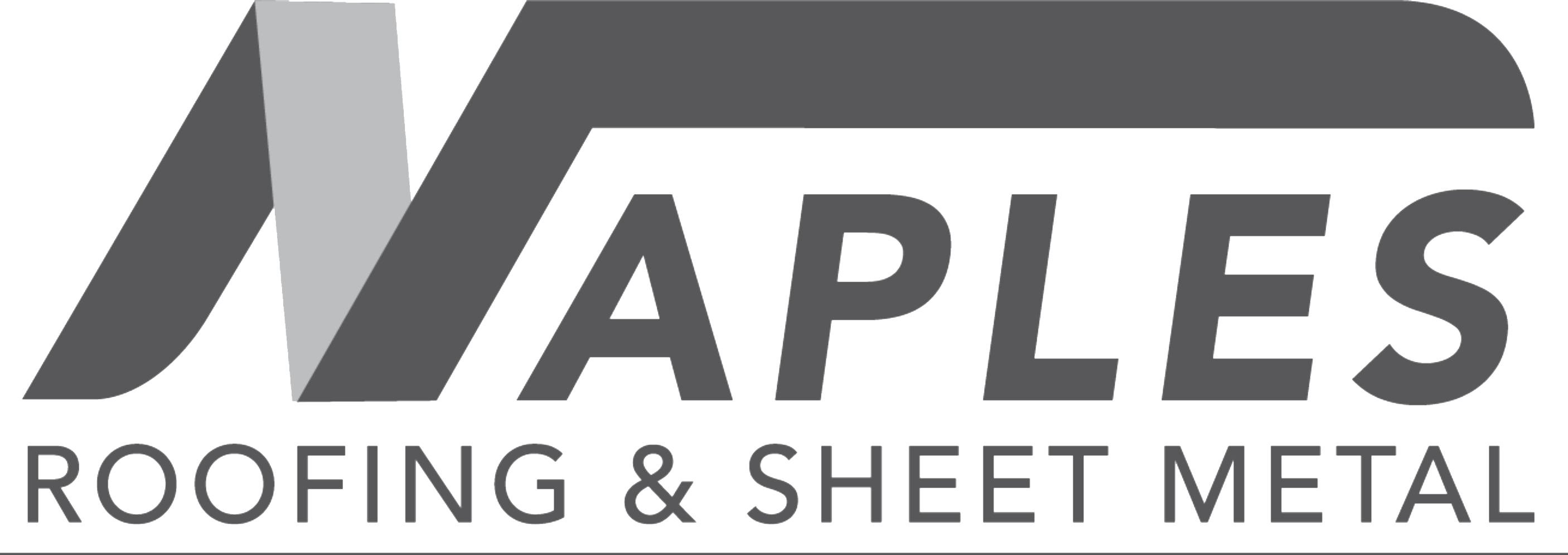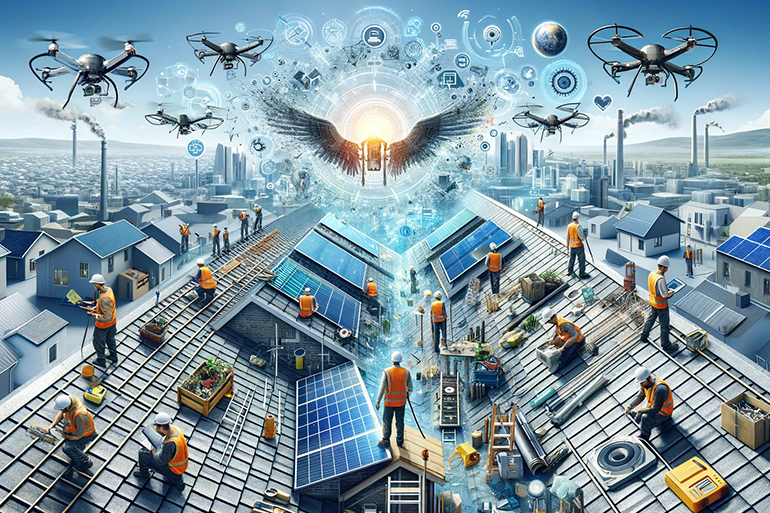The Future of Commercial Roofing: Technologies Transforming the Industry in 2024
The commercial roofing sector is poised for a technological revolution that will fundamentally alter how we approach roofing projects. By 2024, a number of significant innovations should be available that will improve commercial roofing’s sustainability, safety, and efficiency. This article explores how commercial roofing will develop in the future and highlights the innovative technologies that are changing the sector.
Let’s talk about major changes in the future of the commercial roofing industry:
Drones and Aerial Imaging
Drones equipped with high-resolution cameras and advanced imaging technology are becoming indispensable in the commercial roofing industry. They provide accurate aerial surveys, capturing detailed images of rooftops that help in identifying damage, wear, and other issues. This technology allows for quicker assessments, reducing the time and labor costs associated with traditional roof inspections. By leveraging tools like commercial roofers in USA, commercial Roofing USA, and commercial industrial roofing, businesses can optimize their projects.
Safety Enhancements
By using drones, roofing professionals can minimize the risks associated with climbing ladders and walking on potentially unstable surfaces. This not only enhances safety but also ensures that inspections are thorough and accurate.
Smart Roofing Materials
Smart roofing materials, such as cool roofs and green roofs, are gaining popularity for their energy-efficient properties. Cool roofs are designed to reflect more sunlight and absorb less heat, reducing cooling costs and mitigating urban heat island effects. Green roofs involve the use of vegetation and soil to create a natural insulating layer, improving energy efficiency and providing environmental benefits.
Self-Healing Materials
Self-healing roofing materials are another groundbreaking innovation. These materials can repair minor damages autonomously, extending the lifespan of the roof and reducing maintenance costs. Therefore self-healing polymers and other advanced materials are being integrated into roofing systems, offering long-term durability and resilience.
Building Information Modeling (BIM)
Building Information Modeling (BIM) is revolutionizing project management in commercial roofing. BIM software enables detailed 3D modeling of roofing projects, allowing for precise planning and execution. By integrating various aspects of the project—such as materials, timelines, and costs—BIM ensures that all stakeholders are on the same page, reducing errors and improving efficiency.
Advanced Roofing Systems
The integration of solar panels into roofing systems is a trend that continues to grow. Solar roofs not only provide a sustainable energy source but also offer financial benefits through energy savings and potential incentives. Reflective and cool roof coatings are also gaining traction for their ability to enhance energy efficiency by reducing heat absorption and lowering cooling costs.
Automation and Robotics
Automation is set to play a significant role in the future of roofing and commercial industrial roofing. Robotic systems for roof installation are being developed, promising faster and more precise installations. So, automated systems for maintenance and monitoring can perform regular inspections, identify potential issues, and carry out minor repairs, thereby extending the lifespan of roofs and preventing costly damage.
Sustainable Practices
A major factor in the development of many technological innovations in commercial roofing is sustainability. While, recycling old roofing materials and implementing efficient waste management practices are becoming standard. Eco-friendly roofing options, such as roofs made from recycled materials or designed to support rooftop gardens, not only reduce environmental impact but also enhance the aesthetic and functional value of commercial buildings.
Here are some major questions and answers:
What is the best roofing for commercial buildings?
The best roofing for commercial buildings often depends on factors like budget, climate, and the building’s structural requirements. Moreover, common options include TPO (Thermoplastic Polyolefin), EPDM (Ethylene Propylene Diene Terpolymer), and PVC (Polyvinyl Chloride) membranes due to their durability, energy efficiency, and ease of installation.
What is the most prevalent type of commercial roofing?
The most popular kind of commercial roof is the single-ply membrane roof, which is made of materials like TPO and EPDM that are inexpensive, long-lasting, and low maintenance.
What is the most expensive type of roof?
The most expensive type of roof typically involves high-end materials such as slate, copper, or tile. Slate roofs, in particular, are renowned for their longevity and aesthetic appeal but are among the most costly to install.
What is the strongest longest-lasting roof?
Slate roofs are often considered the strongest and longest-lasting due to their natural durability and resistance to fire, rot, and insects. A well-maintained slate roof can easily last over a century.
What is the cheapest longest-lasting roof?
Metal roofs, particularly corrugated or standing seam metal roofs, are generally considered both cost-effective and durable. With the right care, they can last for at least 40–70 years. resulting in their popularity as a material for both commercial and residential structures.
What is the hardest roof to build?
Roofs that require intricate designs or materials that are difficult to work with can be challenging to build. So, complex roof designs, such as those with multiple angles, and curves, or incorporating unique materials like slate or copper. Often require specialized skills and experience from roofing contractors. Therefore, the difficulty can vary depending on the specific design and materials chosen.
Read Also:- Your Guide to Choosing Replacement Roofing Contractors in 2024
Final Thoughts:
Hence, commercial roofing has a promising future since technology is fundamentally changing the sector. Therefore, these advancements, which range from automation and BIM to drones and smart materials, are expected to improve sustainability, safety, and efficiency. Adopting these technologies as we approach 2024 will be essential for roofing professionals trying to maintain their competitive edge in the market. Through the application of these developments, the commercial roofing usa sector can anticipate increased environmental responsibility, lower expenses, and better performance in the future.



